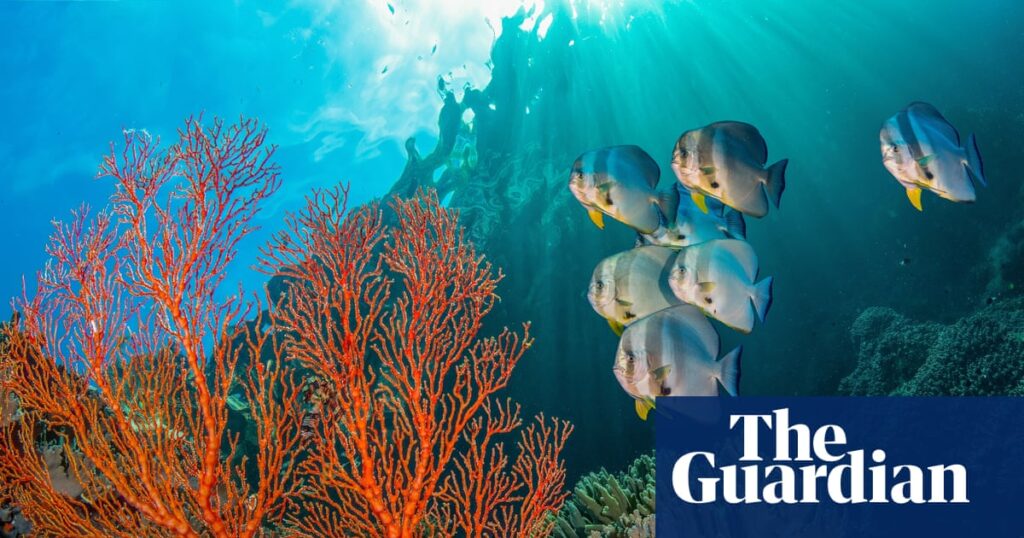
Much of the world favors protecting 30% of the planet’s land and water for nature by 2030, according to new research revealing overwhelming public support across eight countries spanning five continents. This ambitious conservation goal, established under the 2022 Kunming-Montreal Global Biodiversity Framework, aims to safeguard biodiversity amid escalating environmental challenges.
Nearly 200 nations agreed in 2022 to set aside 30% of the world’s land and marine areas for nature. However, current statistics show that only 17.6% of the world’s land and 8.6% of the seas are under global protection. More than 100 nations remain less than halfway toward meeting this target, highlighting the urgency for governments to implement swift changes over the next five years.
Public Support and Political Challenges
While the goal garners substantial public backing, achieving it poses significant political challenges. Expanding protected areas often entails restricting access to land, halting resource extraction, and potentially relocating human settlements. These issues, alongside potential impacts on economic growth, are frequently cited as barriers by countries hesitant to expand protected areas.
Research published in the Proceedings of the National Academy of Sciences suggests that more than 80% of the public across eight sampled countries support the policy. Aksel Sundström, a political scientist at the University of Gothenburg in Sweden and co-author of the study, noted, “There has been a sentiment among policymakers that they are not sure if people are actually interested in having this massive expansion. But I think from these data points, we can say that public opinion does not seem to be a big hurdle in terms of making this expansion possible or viable.”
Survey Insights and Global Perspectives
The survey, which included 12,000 participants from Argentina, Brazil, India, Indonesia, South Africa, Spain, Sweden, and the United States, found high levels of support for expanding protected areas at the domestic level. Argentinian and Brazilian respondents were the most supportive, with 87.9% and 90% respectively backing the initiative. In contrast, Swedish and US respondents showed slightly less agreement, at 66.3% and 71.2% respectively. Overall, public support across all eight countries averaged 82.4%.
“Given how consistent many of these patterns are, it seems plausible that people in similar countries should have similar preferences,” said Patrik Michaelsen, a co-author of the study from the University of Gothenburg.
The researchers selected these countries to reflect the perspectives of both the global north and south, as well as varying levels of existing protected areas. Survey respondents were chosen to represent their country’s demographic makeup, providing a comprehensive view of public opinion on this global issue.
Shared Responsibilities and Economic Considerations
The study also revealed that public support increased when the responsibility for protecting nature was distributed equally among countries, with a strong consensus that wealthier nations should shoulder most of the financial burden. Respondents opposed allowing countries to pay their way out of domestic protection or to invest in conservation abroad instead of at home.
For conservationists and policymakers, these findings offer encouragement as they work to build political support for the 30×30 target. Susan Lieberman, vice-president of international policy at the Wildlife Conservation Society, expressed optimism: “We work in five of the eight countries studied, and we are encouraged by the results. We believe that on this and other issues, citizens across the globe want their governments to take strong action to protect biodiversity and conserve nature.”
Looking Ahead: The Path to 2030
The announcement comes as global leaders continue to grapple with balancing environmental conservation and economic development. As the 2030 deadline approaches, nations must navigate the complexities of implementing these changes while considering the diverse needs of their populations.
The move represents a critical step toward addressing the global biodiversity crisis, with public opinion serving as a powerful ally in the push for expanded conservation efforts. As countries work to meet the 30% target, the emphasis will likely remain on equitable responsibility and sustainable practices that prioritize both environmental and economic health.
Meanwhile, the international community will closely monitor progress, with the hope that these efforts will lead to a more sustainable and biodiverse future for generations to come.





